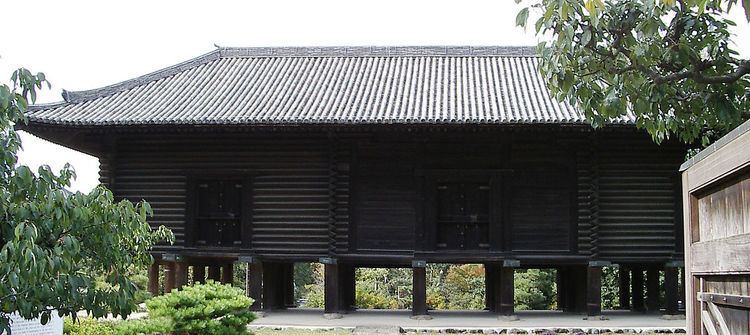645–650 Taika 686–686 Shuchō 704–708 Keiun | 650–654 Hakuchi 701–704 Taihō 708–715 Wadō | |
 | ||
Enkyō (延享) was a Japanese era name (年号,, nengō,, lit. "year name") after Kanpō and before Kan'en. This period spanned the years from February 1744 through July 1748. The reigning emperors were Sakuramachi-tennō (桜町天皇) and Momozono-tennō (桃園天皇).
Contents
Change of era
Events of Enkyō era
References
Enkyō (Edo period) Wikipedia(Text) CC BY-SA
